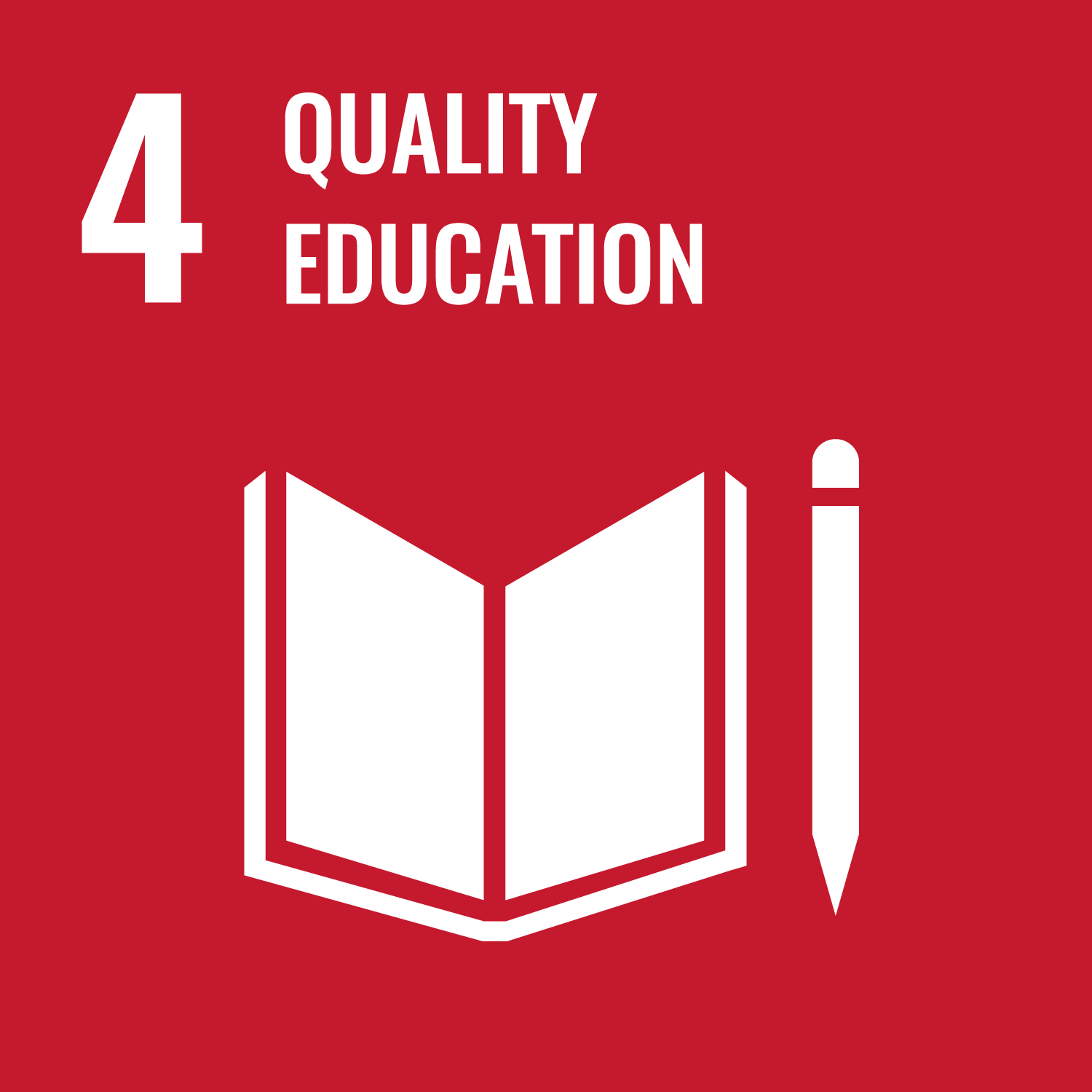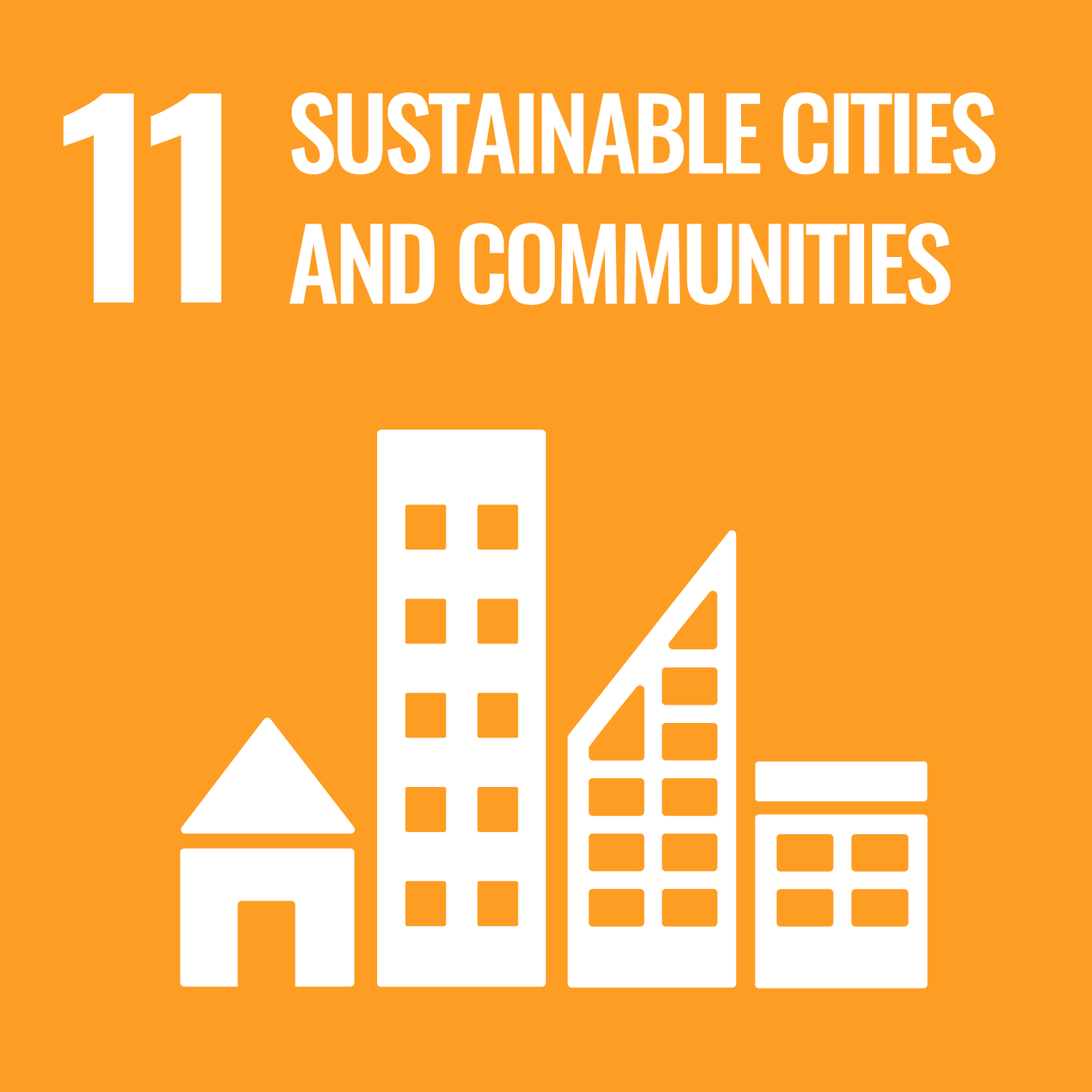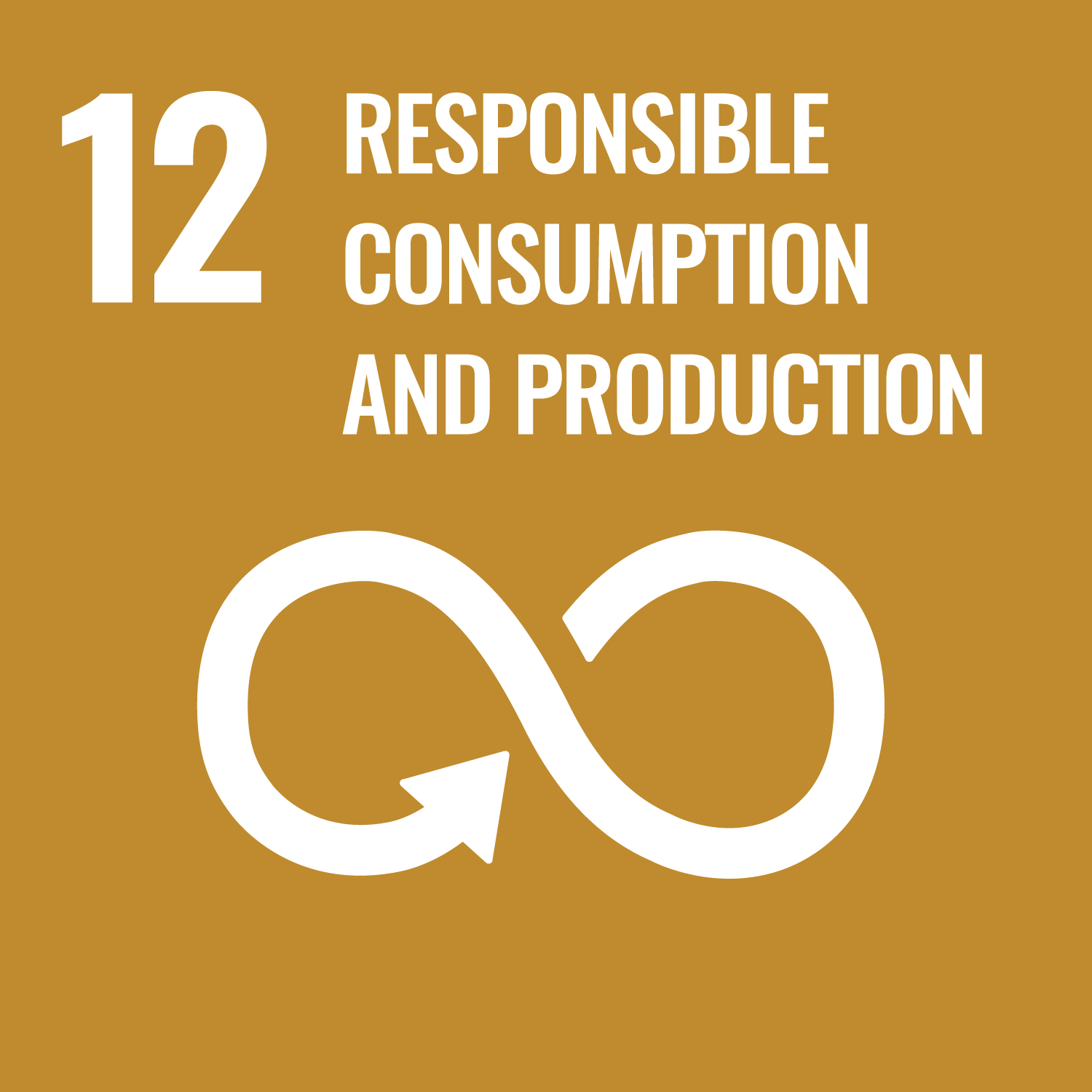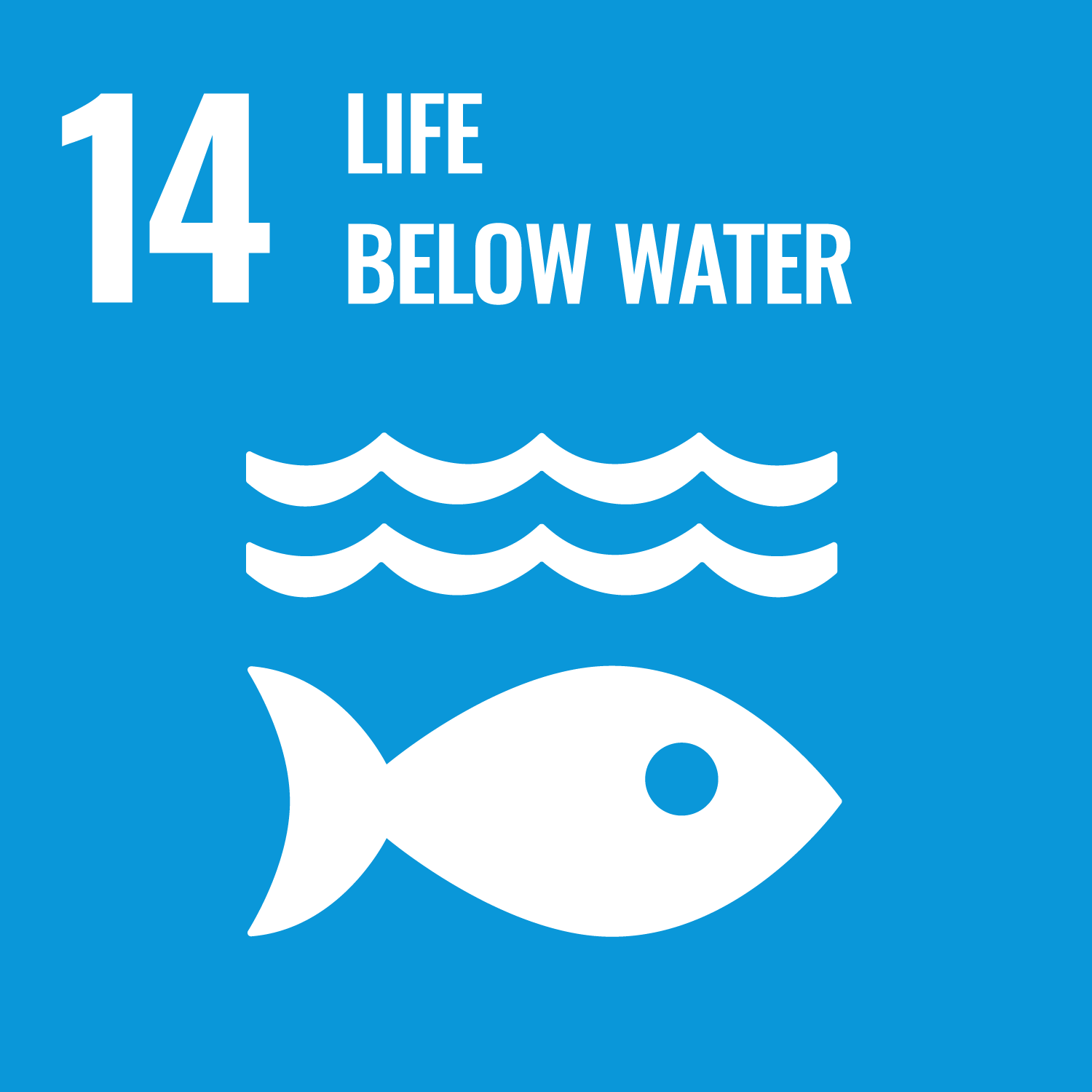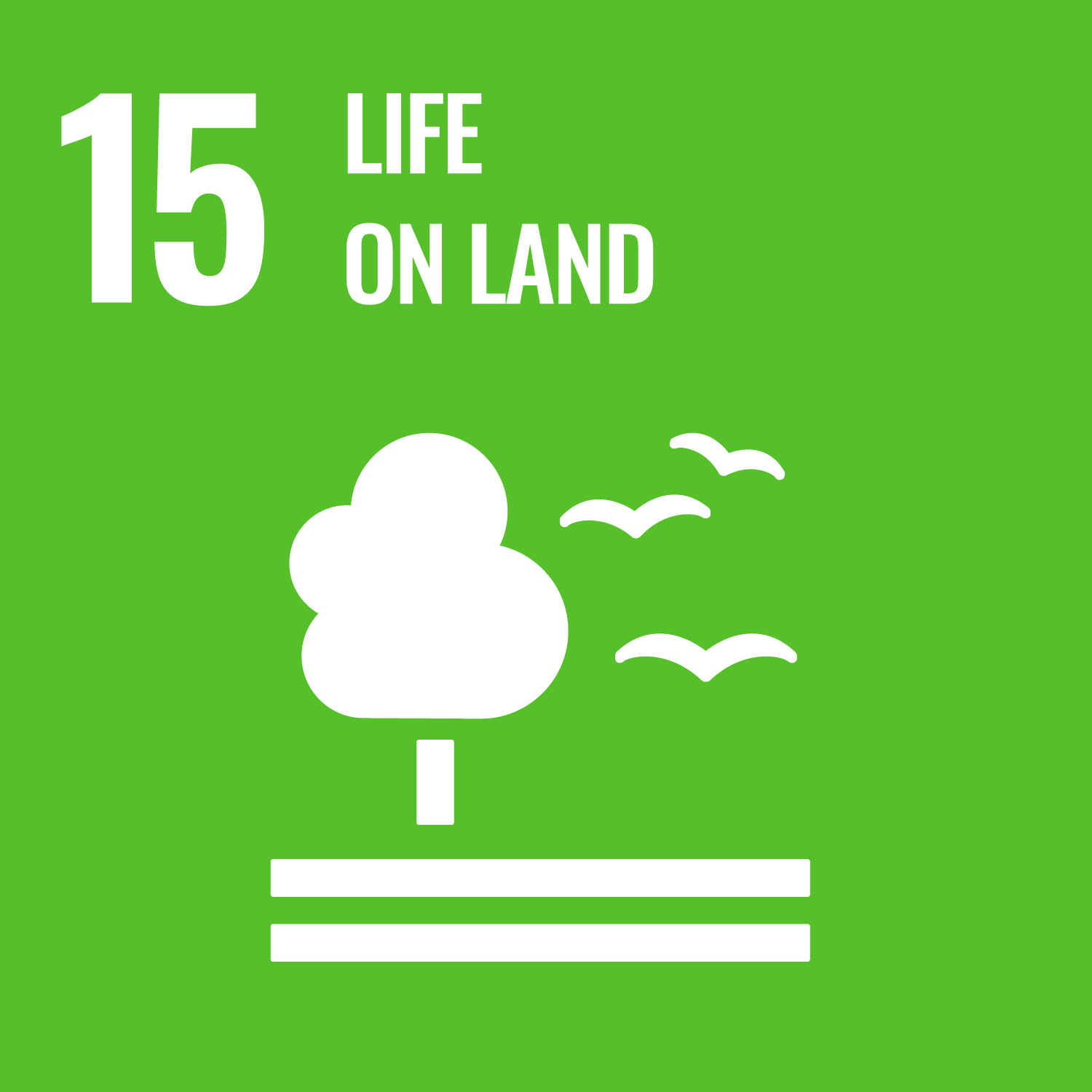Koshi Daikon Project
Pedagogy Faculty of Education practice-field
Ryuno Miyo/Motomura Hiroyasu/Hidaka Michio/Nakano Hatsunori
- setouchi
Background and objectives of activities
In the Koshi district of Setouchi Town, the indigenous Koshi Daikon has been cultivated and used for a long time, and it has contributed greatly to the development of local culture through the lives and upbringing of local residents. However, due to the development of commercial varieties that emphasize economic efficiency after the war, the sharp decline in the number of producers due to the aging population and low birthrate, and the deaths of producers, there are no longer any successors to the Koshi Daikon. The aim of this activity is to maintain, preserve and pass on this diverse and valuable genetic resource, and to protect and pass on traditional regional and lifestyle culture to the future by utilizing it in practical food education programs without allowing it to disappear.

Summary of Activities
[Discovery, research, collection and preservation of traditional vegetables] The project will collect the Koshi daikon that still survives in the Koshi village of Setouchi Town, and will analyze its cultivation characteristics and evaluate its genetic resources. It will also analyze the historical and cultural background from a folklore perspective, including the role that the Koshi daikon has played in the village, as well as recipes for Koshi daikon event food and traditional food.
Food education program: A food education program using Koshidaikon as a learning resource, incorporating agricultural and ethnological considerations, will be implemented at Setouchi Town Sasagawa Elementary and Junior High School.
Expected Benefits
By implementing the food education program of this research, not only will the pupils deepen their understanding of local produce, but they will also be able to improve their food awareness and deepen their attachment to the local area by feeling a sense of achievement and accomplishment. In addition, by having local people participate in the activities of the pupils, it will be possible to build a system in which both the local area and the school support each other. By having the school play a central role in protecting and passing on the rich and diverse local food culture to future generations, many effects can be expected, such as the promotion of local industry and the revitalization of the local area.



